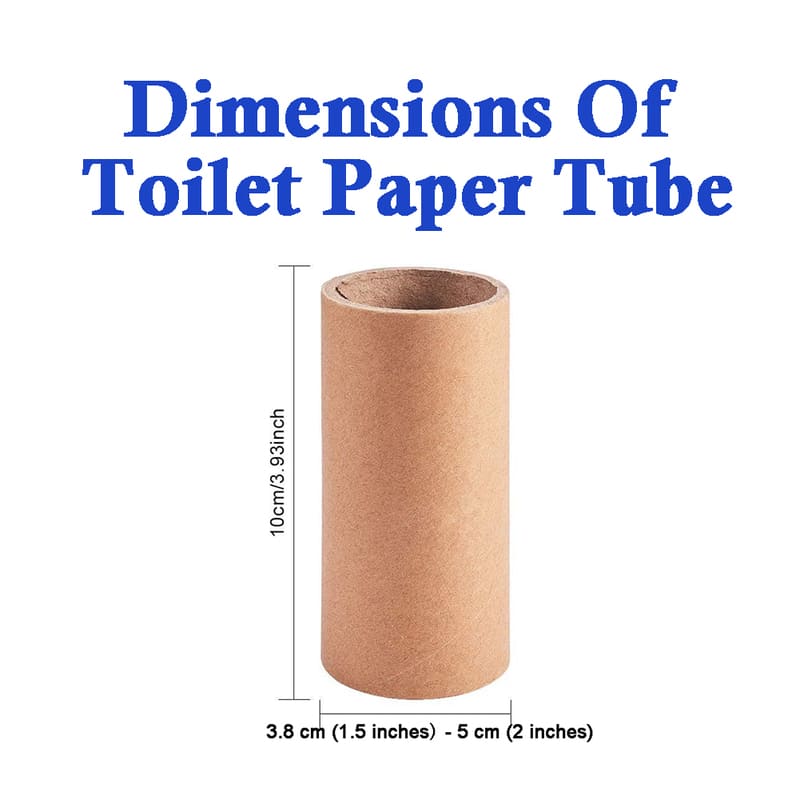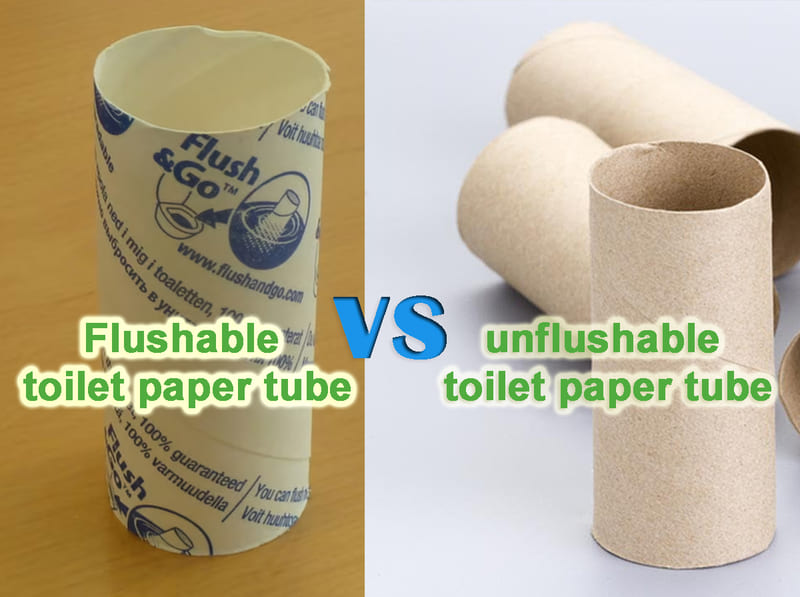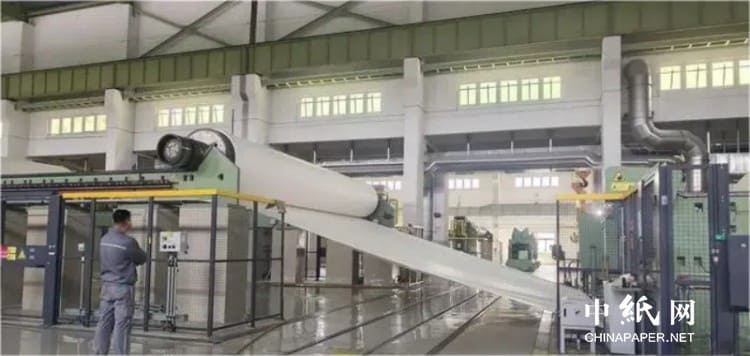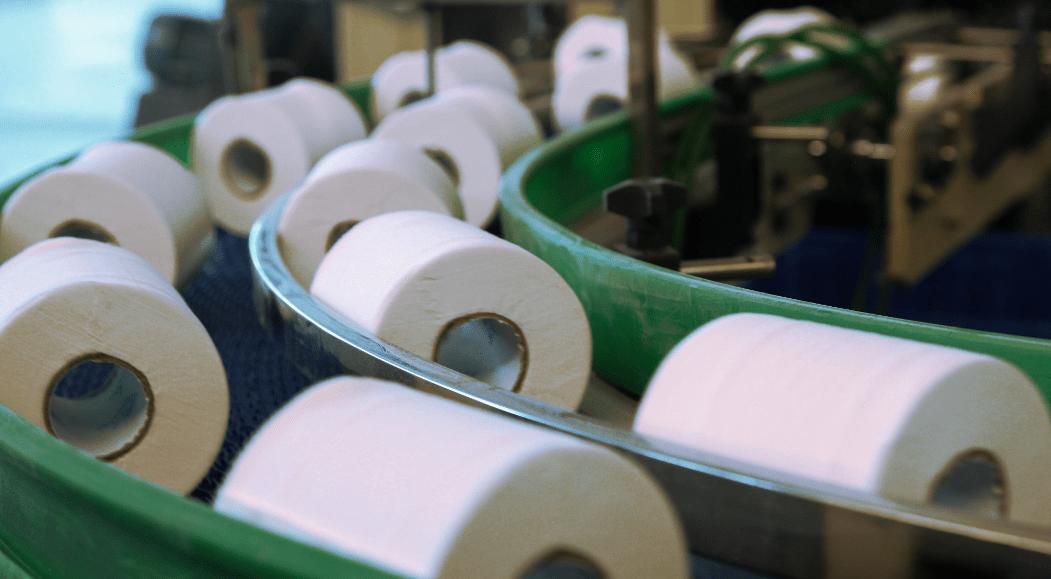Non-Dissolving Water Toilet Paper PK Dissolving Water Toilet Paper
What is Non-Dissolving and Dissolving?
A. What is Non-dissolvable in Water Toilet Paper
Non-dissolvable in water toilet paper, as the term suggests, refers to a type of toilet paper that does not easily break down or disintegrate in water. This is typically the result of the particular fibers used in its manufacturing process and the subsequent degree of their bonding. It’s the most traditional and common type of toilet paper used globally.
B. What is Dissolvable in Water Toilet Paper
Dissolvable in water toilet paper, on the other hand, is specifically designed to dissolve quickly and completely when exposed to water. It is crafted to maintain enough strength during use, yet will rapidly disintegrate when it comes into contact with water, reducing the risk of clogging sewer systems or septic tanks.
Non-dissolvable in Water Toilet Paper
A. Manufacturing Process
The production of non-dissolvable toilet paper involves a sequence of processes that transform the raw materials into the finished product. The primary raw material, wood pulp, undergoes a series of treatment and refining procedures to improve its softness and absorbency.
These include debarking the wood, chipping it into small pieces, and then cooking it in a chemical solution to separate the cellulose fibers. The pulp is then bleached, washed, and drained to remove impurities, creating a clean and white paper pulp.
The pulp is then sprayed onto a moving wire screen, where water drains away and the cellulose fibers bond together. The resulting paper sheet is then dried and creped to enhance softness before being wound onto large reels, ready for cutting and packaging.
The combination of these processes produces a strong and absorbent paper that retains its structure in water.
B. Usage Scenarios and Advantages
1. Long-lasting Durability
Non-dissolvable toilet paper offers excellent durability and is ideal for consumers who prioritize strength and absorption. It does not disintegrate immediately upon getting wet, thereby providing a thorough cleaning.
2. Superiority for Specific Applications, such as Outdoor Activities
Non-dissolvable toilet paper is also superior for specific applications, such as outdoor activities and camping, where durability and the ability to withstand harsh conditions are paramount.
C. Disadvantages
1. May Cause Pipe Blockages
The strength of non-dissolvable toilet paper is also its primary disadvantage. Since it doesn’t break down easily, it can potentially cause pipe blockages, particularly in older or smaller plumbing systems.
2. Impact on the Environment
Additionally, the manufacture and disposal of non-dissolvable toilet paper have significant environmental impacts. They require vast amounts of water and energy for production, and their disposal contributes to deforestation and pollution.
Dissolvable in Water Toilet Paper
A. Manufacturing Process
Dissolvable toilet paper involves a similar manufacturing process to non-dissolvable toilet paper, but with a few key differences. The pulp is treated to reduce the bonding strength between fibers, enhancing their ability to separate and dissolve in water.
Furthermore, they are often made from recycled paper materials and bleached without the use of chlorine, reducing their environmental impact. The final product is a soft and strong toilet paper that quickly disintegrates in water.
B. Usage Scenarios and Advantages
1. Solves the Issue of Pipe Blockages
The most significant advantage of dissolvable toilet paper is that it significantly reduces the risk of pipe blockages. As it disintegrates quickly in water, it can be safely flushed without fear of clogging pipes or damaging septic systems.
2. Environmentally Friendly
Dissolvable
toilet paper also tends to be more environmentally friendly than its non-dissolvable counterpart. It typically requires less water and energy to produce, and because it is often made from recycled materials, it contributes less to deforestation.
C. Disadvantages
1. May Break More Easily During Use
One of the main disadvantages of dissolvable toilet paper is that it can break more easily during use due to its quick disintegration properties. This may result in consumers needing to use more product, leading to faster consumption and potentially higher costs.
2. May Not Be as Practical as Non-dissolvable Toilet Paper in Some Situations, such as in Moist Environments
In some situations, such as in high-humidity or moist environments, dissolvable toilet paper may not be as practical. It may start disintegrating even before use, becoming less effective.
IV. Market Analysis
A. Market Demand for Non-dissolvable in Water Toilet Paper
Despite the disadvantages, non-dissolvable toilet paper continues to dominate the market due to its longstanding presence, consumer familiarity, and perceived superior quality and comfort. This preference is evident in various regions worldwide, particularly in developed nations with robust plumbing systems.
B. Market Demand for Dissolvable in Water Toilet Paper
However, the demand for dissolvable toilet paper is steadily increasing. With the rising awareness about environmental conservation and sustainable living, more consumers are opting for eco-friendly alternatives. This trend is particularly evident among younger consumers and in regions with ageing or fragile plumbing systems.
C. Consumer Attitudes and Feedback Towards These Two Products
Consumer feedback for both products varies. Non-dissolvable toilet paper is often praised for its durability and softness, but criticized for its environmental impact. Dissolvable toilet paper, on the other hand, is appreciated for its eco-friendliness and solution to pipe clogs but sometimes criticized for breaking too easily during use.
V. Conclusion
A. The Advantages and Challenges of Each
In summary, both non-dissolvable and dissolvable toilet papers have their unique advantages and disadvantages. Non-dissolvable paper is praised for its superior strength and softness, but it poses environmental challenges and the risk of clogging pipes. Dissolvable paper, on the other hand, is environmentally friendlier and reduces the risk of blockages, but it can be less practical in certain scenarios and may not provide the same level of comfort.
B. Predictions for Future Developments and Possible Improvements
Looking ahead, the toilet paper industry will likely continue to evolve as new technologies and consumer preferences emerge. It is foreseeable that future developments will focus on creating products that combine the advantages of both types – strong and soft like non-dissolvable paper, yet rapidly disintegrating and environmentally friendly like dissolvable paper.
Moreover, consumer education about these products and their impact on the environment and plumbing systems will play a crucial role in shaping future demand and industry direction.
It’s an exciting time to observe these changes, and one thing is clear: whether dissolvable or non-dissolvable, toilet paper remains an essential commodity in our lives. Understanding the nuances of these products helps consumers make informed choices that align with their personal needs and the well-being of our planet.






